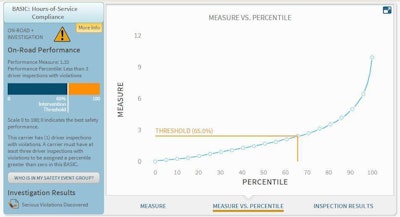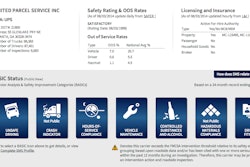
The recommendations came in the second day of the FMCSA’s Motor Carrier Safety Advisory Committee’s CSA Subcommittee in Alexandria, Va. Click here to see coverage of the first day’s discussions.
The changes recommended by the committee largely promote better education and understanding for those unfamiliar with the scores but want to view them to make some determination about carriers. But as for hiding the scores from public view all together — as has been suggested recently by both the Government Accountability Office and the Department of Transportation Inspector General — FMCSA’s Bill Quade said the agency is stuck with the system it has now for some time.
The public nature of the scores wouldn’t be the frustrating issue it is if carrier rankings were more reflective of a carrier’s crash risk and overall safety, industry commenters noted in the Tuesday meetings.
However, an item that could a catalyst to make the system — and the publicity of the scores — more palatable for the trucking industry is the agency’s Safety Fitness Determination rule currently making its way through the arduous federal rulemaking process, but that rule is likely several years away from being implemented.
In the meantime, the agency should, the board recommended, “consider revising SMS’ public display to include”:
1) Examples of how BASIC ratings can be used to make interpretations about comparative crash risk between carriers with different ratings.
2) Address how the public should interpret carriers with no score in one or more BASICs in relation to carriers that do have scores.
3) Explanation of the primary purpose of SMS for enforcement and why BASIC ratings might not be the only way for customers to select a “safer” carrier.
4) Improved explanation of the measures scores (i.e., raw scores) and how they can or should be used by the public.










